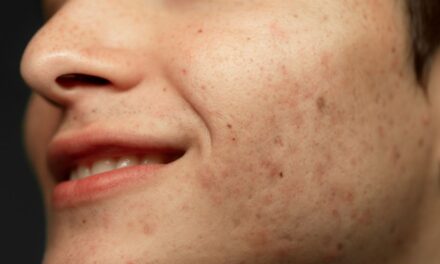In a society that often emphasizes smooth, hair-free skin as the ideal, dealing with facial hair as a woman can be challenging. However, it’s essential to recognize that female facial hair is a common occurrence, and there are various reasons why it may appear. In this blog, we will explore five causes of female facial hair and provide valuable insights into self-improvement, general well-being, and embracing individuality, helping women understand and appreciate their unique beauty.
5 causes of female facial hair
- Hormonal Imbalances
- Genetics and Family History
- Medications and Medical Conditions
- Age and Menopause
- Ethnic Background

1. Hormonal Imbalances
One of the primary reasons for female facial hair is hormonal imbalances, particularly an increase in androgen levels. Conditions like polycystic ovary syndrome (PCOS) can lead to excessive hair growth on the face, chin, and upper lip. Consult with a healthcare professional if you suspect hormonal imbalances, as they can offer valuable guidance and potential treatments to manage this issue.

2. Genetics and Family History
Genetics play a significant role in determining hair growth patterns, including facial hair. If female family members have experienced facial hair, it’s likely that you may also experience the same. Embrace your genetic makeup and remember that beauty comes in various forms, including diverse hair growth patterns.

3. Medications and Medical Conditions
Certain medications and medical conditions can trigger facial hair growth in women. For instance, corticosteroids and some anti-seizure medications may cause unwanted hair. Additionally, conditions like Cushing’s syndrome can lead to excessive hair growth. If you suspect a medication is contributing to facial hair, speak to your healthcare provider about alternative options.

4. Age and Menopause
As women age, hormonal changes can occur, particularly during menopause. Fluctuating estrogen levels may lead to facial hair growth. Embrace the aging process as a natural part of life and remember that beauty evolves with time, allowing you to embrace your unique features gracefully.

5. Ethnic Background
Lorem Ipsum is simply dummy text of the printing and typesetting industry. Lorem Ipsum has been the industry’s standard dummy text ever since the 1500s, when an unknown printer took a galley of type and scrambled it to make a type specimen book. It has survived not only five centuries, but also the leap into electronic typesetting, remaining essentially unchanged. It was popularised in the 1960s with the release of Letraset sheets containing Lorem Ipsum passages, and more recently with desktop publishing software.
Female facial hair is a natural and common occurrence, influenced by various factors, including hormonal imbalances, genetics, medications, age, and ethnic background. It’s crucial to understand that facial hair does not define your beauty or self-worth. Embrace your unique features and appreciate the diversity that makes you who you are. If excessive facial hair bothers you, seek medical advice to explore potential treatments. Remember, self-improvement and general well-being involve accepting and loving yourself wholly, including your facial hair. Let go of societal beauty standards and embrace your unique beauty with confidence and pride. Empower yourself and other women to break free from beauty norms, cultivating a more inclusive and positive environment for all.










